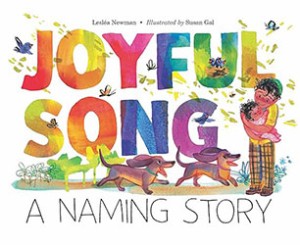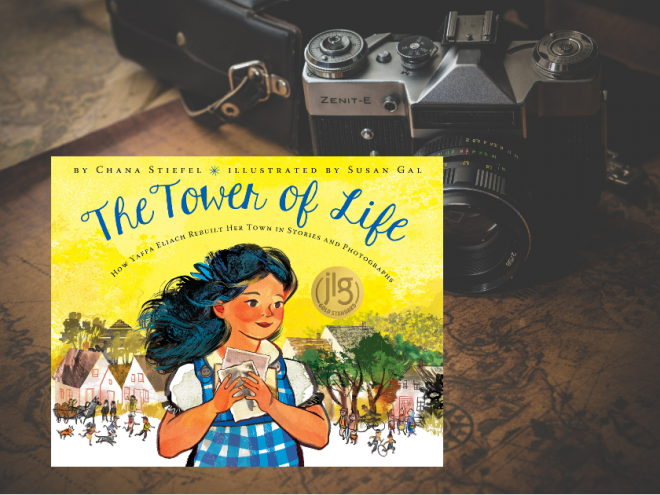Passover arrives in this charming picture book. Author Lesléa Newman writes about selected parts of the Seder, especially the excitement of opening the door for Elijah the Prophet, using repetition and opposites, strong techniques for young readers. The opposites consist of an unnamed boy and a cat; the boy is inside and the cat is outside. The boy belongs, participates in the holiday with extended family, and is warm, cared for, and happy. The cat does not belong; it is lonely, hungry, cold, and sad. As the differences between boy and animal build, the tale chronologically recounts the Seder in a succinct way, designed mainly for readers familiar with Passover and its meaning. The boy and the cat have one thing in common: they are both waiting. While they wait, they know tonight will be different, a key line in Seder liturgy. When it comes time to open the door for Elijah, the boy goes to the door alone. He opens it, finds the cat, and names it Elijah. The cat finds a home. Readers review customs with the story: Elijah’s cup on the table, drinking wine (or grape juice), washing hands, dipping parsley into salt water, breaking the middle matzah, hearing the story of the Exodus, the Passover meal, songs, and finally, the time to open the door.
The book is warm and full of Jewish identity. The illustrations in rich jewel tones are pleasant, calming, and support the text well. The skin tones in the pictures show a nonwhite family, an important inclusive feature. An ending author’s note adds information that does not appear in the story itself. This includes the Israelites’ history in Egypt, God’s choice of Moses, the plagues, the hasty departure, and the importance of freedom. Readers absorb the difference between in and out in more ways than one.
Ellen G. Cole, a retired librarian of the Levine Library of Temple Isaiah in Los Angeles, is a past judge of the Sydney Taylor Book Awards and a past chairperson of that committee. She is a co-author of the AJL guide, Excellence in Jewish Children’s Literature. Ellen is the recipient of two major awards for contribution to Judaic Librarianship, the Fanny Goldstein Merit Award from the Association of Jewish Libraries and the Dorothy Schroeder Award from the Association of Jewish Libraries of Southern California. She is on the board of AJLSC.





